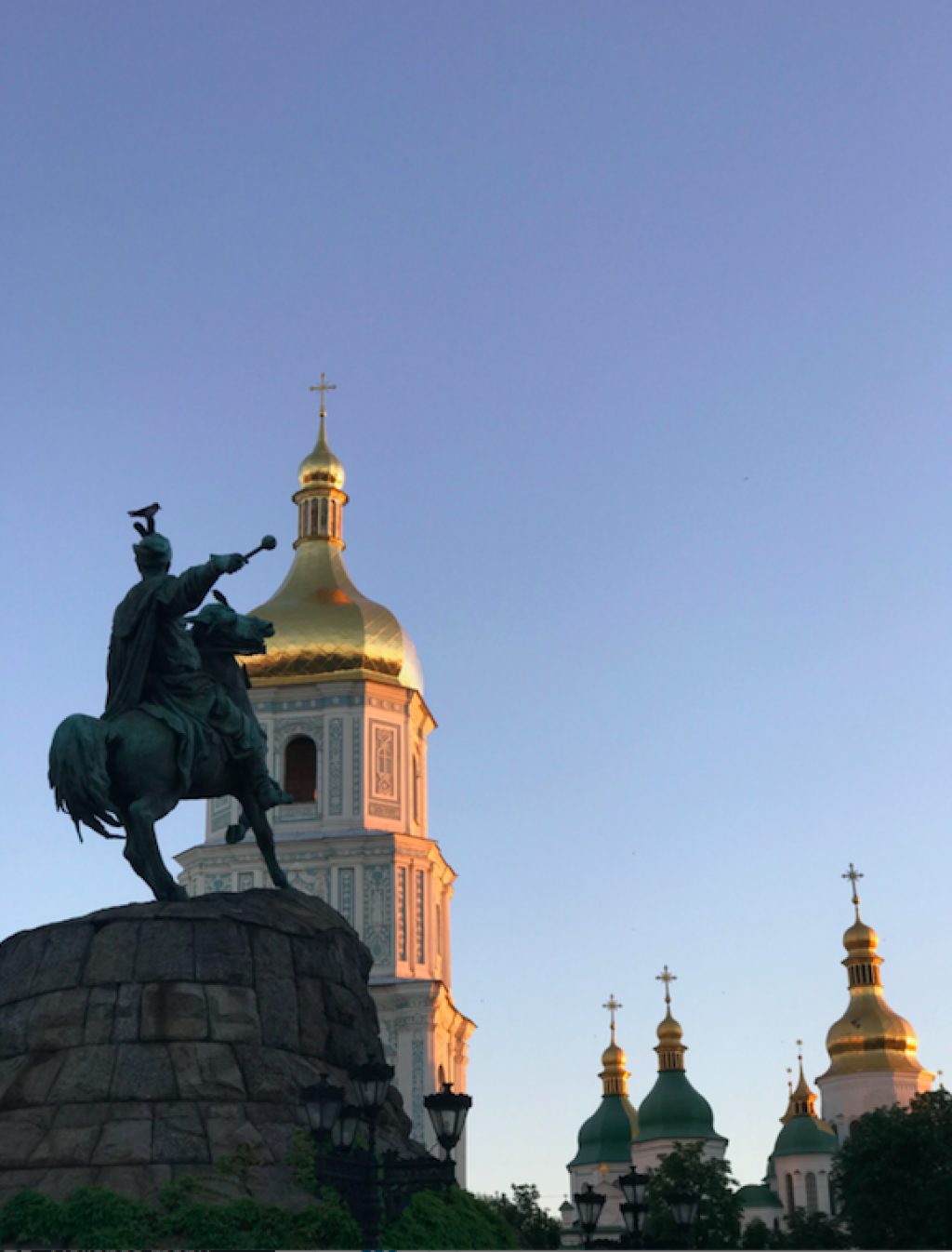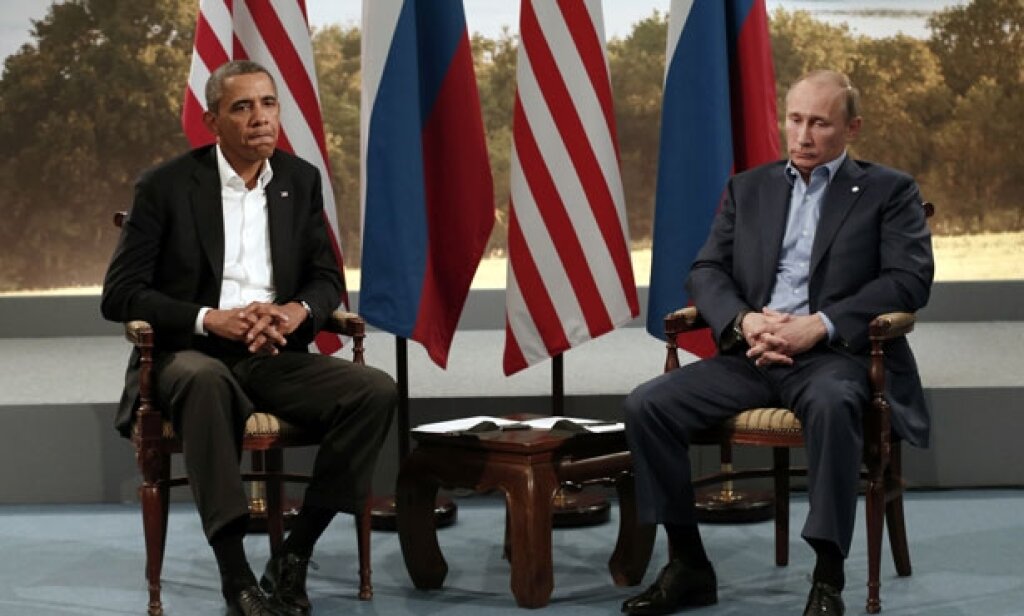This week, All the Russias is delighted to feature excerpts from Anne Lounsbery's Life Is Elsewhere: Symbolic Geography in the Russian Provinces, 1800–1917, just out from Cornell Press. The below segment derives from Chapter 8, “Melnikov and Leskov, or, What is Regionalism in Russia?”
Anne Lounsbery is Associate Professor and Chair in the Department of Russian and Slavic Studies at NYU.
This is Part II of a two-part post. Part I may be found here.
Nikolai Leskov’s symbolic geography recalls that of the earliest Soviet period: his works tend to suggest what Vladimir Paperny, writing about the 1920s, describes as “a spatial paradigm asserting horizontality, a centrifugal dynamic, [and] mobility” (as opposed to the 1930s’ emphasis on “the vertical, centripetal, static, symmetrical, and hierarchical”). Because Leskov’s narratives tend to ignore not only the stolitsa-provintsiia opposition but also other familiar binaries (e.g., east vs. west, Russia vs. Europe), his characters’ movements tend not to imply hierarchical relationships among places. What happens in Moscow is not necessarily going to be more meaningful than what happens anywhere else: there is no assumption of semiotic entropy as you move away from a center. By contrast, even the symbolic geography of Leskov’s younger contemporary Chekhov, who was famously well traveled within Russia and famously adept at representing regions and social milieus left untouched by most writers, reveals a far more conventional view of Russian space, and his provincial characters are often wholly defined by a painful awareness of their distance from a center.
One of Leskov’s lesser-known stories, “Voyage with a Nihilist” (1882), illuminates these issues with striking clarity. The plot is slight and all of the action takes place on a train: while traveling overnight on a decidedly minor rail line (“a little branch of the railway … far removed from the great world”), a small group of passengers manage to convince themselves (erroneously) that one of their compartment-mates is a “nihilist” and that the package on the seat across from him must be a bomb. The setting (inside a train compartment) is an unusual one for Leskov, who—unlike his contemporaries—rarely incorporated train travel into his texts, and indeed “Voyage with a Nihilist” does not conform to our expectations of how railroads function in narrative, as I will discuss.
Leskov’s overall symbolic geography helps explain why trains do not play a significant role in his work. Many of his stories are populated by wanderers (like the eponymous “Enchanted Wanderer”)—and trains are not made for wandering. For a character whose entire life is built largely on the act of walking around—as for the narrator of “The Sealed Angel,” who asks, “where didn’t we walk together? Seems we walked all over Russia”— railroads make little sense. Trains are made for goal-directed travel, for moving from one point to another in a way that allows one to skip over everything in between. Leskov says as much quite explicitly in the prologue to “The Pearl Necklace”: remarking on the supposed impoverishment of “invention [and] plot” in contemporary literature, Leskov’s narrator attributes this decline to the spread of railways. Trains are “very useful when it comes to trade but harmful when it comes to artistic literature,” he says, because when everything is “slipping by,” travelers have no time to form “strong impressions.” It is the goal-directed nature of train travel that links it to the modern economy, making it the preferred mode of transport for capitalists like Oblomov’s Stolz, who is closely associated with railroads.
Railroads are also implicated in modern ideological conflicts. “Voyage with a Nihilist” was published at a time when ideologues of various stripes were preoccupied with technologies of transportation, a time when trains were strongly associated both with economic modernization and with political instability and terrorism. The revolutionaries in Dostoevsky’s Demons, for instance, travel by train because they are aiming to get somewhere both geographically and politically; they take advantage of the railroad’s grid to move purposefully from one anonymous city to another. Yet despite the fact that real-life revolutionaries were keen to blow up trains, Leskov, writing just a year after the tsar’s assassination, gently mocks this link. In this sense “Voyage with a Nihilist” suggests a certain disinterest in big ideas like World Revolution, ideas that are often generated in the center (the capitals) and shipped out to the periphery by trains and other modern modes of dissemination.
If Leskov’s characters ever happen to register the fact that they are located on a periphery (and usually they do not register it), this means almost nothing to them—because they are capable of envisioning relationships among peripheral places that have nothing to do with these places’ relationships to Moscow or Petersburg. This brings us back to trains: if you worry about being on the periphery, you think about trains because they are what connect you to a hub. Leskov’s characters spend virtually no time thinking about trains or hubs, just as they do not sit on their provincial porches and repeat “to Moscow! To Moscow!” the way that Chekhov’s Prozorovs do in Three Sisters. Indeed Leskov’s characters often travel not from center to periphery or vice versa, but from one “peripheral” place to another. Here once again his work recalls the early Soviet period: one thinks of literary celebrations of the Turksib railway, a major railroad line notable for “[linking] two peripheries independent of any historic centers.” In New York City subway terms, if Leskov’s characters have to take a train, they would prefer one that carries you from Brooklyn to Queens without taking you through Manhattan.
Hence the unusual nature of rail travel as depicted in “Voyage with a Nihilist.” In nineteenth-century fiction the railroad stands for technology, modernity, speed, rationality, westernization, spatial integration, economic progress, in short, what Dostoevsky saw as the Crystal Palace-ization of the world, the harbinger of an often-catastrophic modernity. Leskov, by contrast, pointedly de-emphasizes the train’s modernity: train travel in “Voyage with a Nihilist” is not speedy, organized, comfortable, orderly, or predictable. This “little side-branch” of the railway, the narrator tells us, is “not even finished yet”; the trains do not run on time; they stop and start; it is freezing cold in the compartment and there is no buffet. Leskov, in short, is not interested in railroads as an emblem of modernization, social change, or radical politics, and the characters in “Voyage with a Nihilist” might as well be in a post carriage. His lack of interest in modernization meta-narratives (or in any meta-narratives) goes along with his refusal to take the center more seriously than other places. And what we might describe as his uncentered geography relates to the “minor” genres in which he chose to work, as well as to the major genre he generally avoided: his reason for rejecting what he called “the unnatural form of the novel” was precisely that it he believed it to demand “the concentration of everything around one main center.”
Furthermore, I would argue that this refusal of a center helps explain Leskov’s notoriously problematic place in the Russian canon. Leskov has never been consistently acknowledged as a writer of the “highest” order. Scholars who write about him outside of Russia can be made to feel that they should defend this choice, which they tend to do by asserting his enduring popularity among Russian readers. Given his reliance on wordplay and skaz (stories told in the chatty and often substandard language of a “simple” person), it is not hard to see why Leskov is not widely read in translation. But even in Russian scholarship, as one of Leskov’s staunchest defenders concedes, he is not really placed “among the major nineteenth-century writers,” but instead “near” to them. Might Leskov’s refusal to “[concentrate] everything around one main center” be part of what makes his work resistant to being certified as “high,” even as it is lauded for being quintessentially Russian? From Leskov’s own time until today, critics have insisted on his ur-Russian quality; in Gorky’s words, Leskov is “Russian through and through.” This ur-Russianness has always been linked to the fact that his stories are set in in provintsiia, which in Leskov’s work is certainly not a Gogolian wasteland of anonymous Gorod N’s but rather, as these same critics constantly tell us, “the very heart of Russia."
In such characterizations, it seems that Leskov’s work is being defended not quite for its own sake, but instead as a crucial raw material. Tsvetaeva calls his writing “a native source”; Dmitrii Likhachev claims that without him “Russian literature would have been deprived of a significant share of its national coloring”; Alexander Gorelov locates Leskov’s value in his “portrayal of an Old Russia [Rus’] that is disappearing”; Kuzmin calls him “a treasury of Russian speech.” Exactly the same kind of language recurs in assessments of Melnikov, who has often been treated as a repository, “an unparalleled imaginative compendium,” crucial to various other (higher) artists’ “quests for aesthetic resources.”And in our own time Melnikov is once again being described as an “encyclopedia,” now with emphasis on his value for those who would embrace a “return” to “Christian” and “family values.” Finally, even more than Leskov, who, as we have seen, has been placed “near” the most canonical authors instead of “among” them, Melnikov is generally assumed to have produced what D. S. Mirsky describes as “not really first-class literature.”
Leskov and Melnikov are to the high literary canon as provintsiia is to stolitsa: eternally secondary and absolutely essential; the symbolic repository of timeless, static meaning; a “nucleus of typicality.” Like provintsiia, they exist to be mined for resources (they are “a native source”). In cultural terms, what is mined in provintsiia/Leskov/Melnikov is not only the raw material of meaning, but also an authenticity that is no longer available elsewhere (“an Old Russia that is disappearing”). As we saw in the Gatsitskii-Mordovtsev debate, it is generally assumed that once such resources have been extracted, they must then be processed in the capitals—or, to take literature’s equivalent of the capitals, by the “truly great” writers—if they are ever to be transmuted into the highest kind of knowledge or art. It is not difficult to see how such a schema could work against Leskov’s and Melnikov’s achievement of first-rung canonical status: this is a symbolic system that makes writers like them essential, but never primary. It is the price they pay for being genuinely interested in peripheral places for their own sake.
And here we can return to Nabokov’s remarks, quoted in the introduction to this book, dismissing regionalism as the quintessentially “boring” literature. “I always detested regional literature full of quaint old-timers and imitated pronunciation,” he says, calling writers like Grigorovich, Korolenko, and Mamin-Sibiriak “stupefying bores,” “comparable to American ‘regional writers.’” To call such writing “boring” is to say that it cannot be situated in a discourse that would allow someone like Nabokov to see it as Great Art. From the point of view of a Nabokov, regionalist art (like women’s writing, which is frequently deemed “boring” too) lacks the right kind of history, the rich context that is a necessary (if not sufficient) condition of being seen as truly “high” (because somewhat paradoxically, being enmeshed in history and tradition is what allows a work of art to “transcend” time and place). Writers like Nabokov represent “the ‘old’ modernist intellectual—fundamentally a déraciné—[who] saw literature as ‘a strategy of permanent exile,’ as a fundamental dis-placement”: again, the opposite of regionalism.
The deracinated cosmopolitan intellectual—whose standards, it seems, still inform our own—wants art to be universal (which helps explain why Milan Kundera, another proud déraciné, goes so far as to claim that reading a work of great literature, a work that has attained to universality, in translation is every bit as good as reading it in the language in which it was written). Nabokov and Kundera, Brodsky and Conrad: such multilingual modernist prodigies who made their homes in art (sometimes having been forced to do so by historical events) tend to cast specificities as limitations, i.e., as versions of provincialism. It is partly as a result of their enduring influence that Boris Eikhenbaum locates both Melnikov and Leskov in a “minor line” (mladshaia liniia) of nineteenth-century Russian writers, a tradition he describes as “crushed and forgotten”—or as Mordovtsev describes the provinces, “widowed in all respects”—“in the age of Dostoevsky and Tolstoy."



